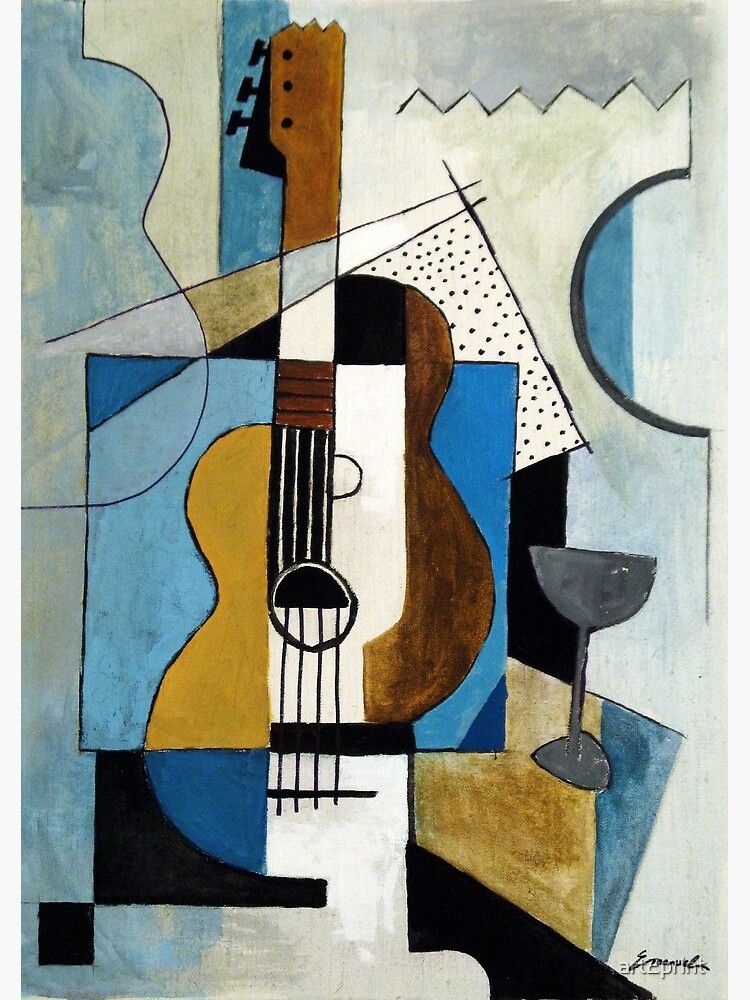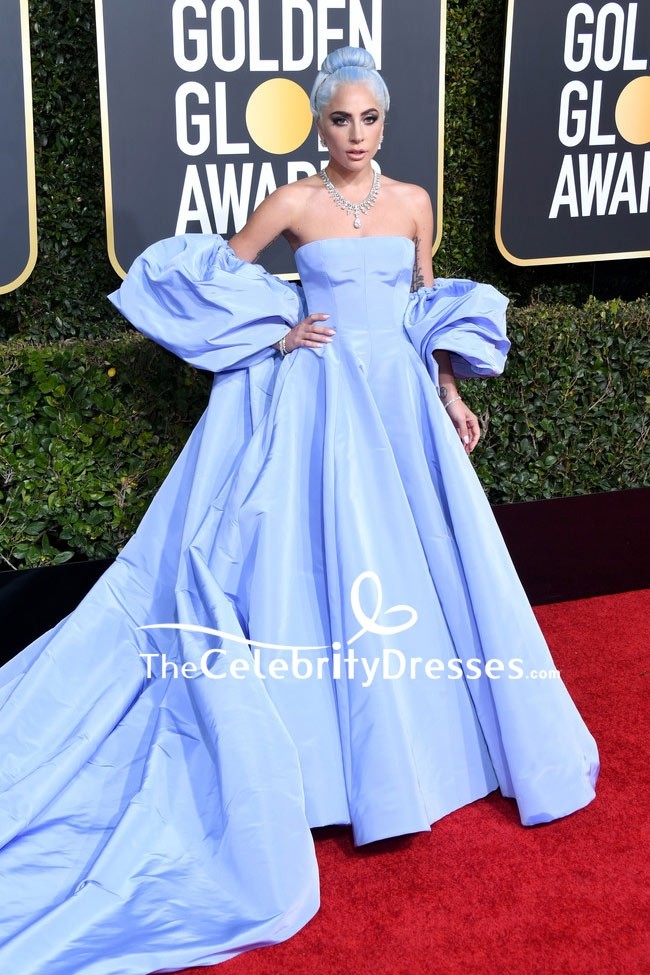
Marxist philosophy describes cultural hegemony, which is a system that allows the ruling class to control a diverse society through political, economic and cultural control. It manipulates the values and beliefs of its subordinates to construct the desired worldview. The result is an overwhelmingly dominant culture. Subordinates get excluded from society and the dominant culture is accepted as the standard.
Subaltern cultures
There are many definitions of subaltern culture. One is the inability for subaltern cultural to speak for their self within hegemonic frameworks. The term subaltern was popularized by Gyatri Spivak in 1983. She warns against applying too much of it. This is a worthy goal if you are interested in Latin America's political history and culture.

Another counterfactual is that subalterns have been subjected to cultural indoctrination which has not benefitted them. Cultural integration hasn't led to complete assimilation. Instead, it has lead to countercultural formations. Gramsci claims that subaltern resistance was rooted within these formations.
Another definition of subaltern cultural is one that includes an "other" group or individuals that are not part of hegemonic cultures. Antonio Gramsci created the term "subaltern", which refers only to those who live outside of the political and economic structures of their respective countries. This is distinct from the working classes, which have their own definition. In Gramsci's view, the subaltern is an "other" space that has been denied access to cultural imperialism.
To increase its power, the hegemonic class has made use of language. Even in cases where agents of hegemonic social classes articulate the values or principles of subaltern socio-economic classes, this is still true. They will succeed in subverting the hegemonic system if the subaltern classes can restructure the values structures of the ruling class.
This view is often overlooked. But it is important for us to look at the ways oppressors might feel the influence of the consciousnesses of those who are oppressed. This consciousness can lead the ruling class to change its ways. This consciousness can make the ruling class aware of its oppression. It will also change the institution internally. This is a powerful tool for subaltern groups to rewrite the history of their countries.

The novel, which examines the conflict between intellectual rights and subaltern interests, also requires the negotiation ideologies. It shows how the intellectual and subaltern may come to an agreement on what is best for both. For example, the interest of the subaltern is rooted in nostalgia for the past and the fear of a future without certainty. But this interest is rooted in imagination.
FAQ
How can we prevent the dangers of pop-culture?
We must first recognize when pop music is influencing our lives. It is important to recognize when pop culture influences us. Then, it is crucial that we do not allow ourselves to be influenced. These are some tips to help you avoid negative influences.
-
Avoid watching Game Of Thrones or other violent shows.
-
Avoid spending too much time surfing the Internet. Read books instead.
-
You should watch less TV. Spend your time doing something healthy.
-
Take care of what you post online. You can't delete comments after they have been posted.
-
Be sure to verify that the websites you visit have SSL encryption. Before entering personal information, ensure that they are checked.
-
Do not allow anyone to force you into doing anything dangerous.
If you see yourself becoming addicted to pop culture, talk to an adult who will help you. You can call your local library or the National Center For Missing & Exploited Children (1-800-THE-LOST).
What are some of the positive aspects of pop music?
There are some things about pop culture that aren't bad. Pop culture gives people something to talk. Also, it helps people express their creativity. Pop culture can help artists promote their work.
Pop culture brings people closer together, which I believe is the best part. Everyone wants the same shows. Everyone loves the same music. Everyone likes the same movies. Pop culture allows us all to connect.
Pop culture can be unhealthy. Some movies glorify violence. Some programs on television make fun of those with mental disabilities. Some bands even encourage their fans to use drugs.
So, what can we do with pop culture's negative side?
We should try not to allow pop culture to influence us. It shouldn't influence us. It can cause problems for our health. It can even lead criminality. It can even cause problems in our relationships.
Pop culture can also be a source of help or harm to society. Is it promoting good values? Are people being influenced to do bad things?
And finally, we should ask ourselves whether we're happy with the kind of world we live in. Do we like the music we listen to? The TV shows that we watch What clothes are we wearing?
If we care about our future, then we have to be accountable for our actions. We must decide the world we want. Once we have decided what kind of world we want, then we can choose the best pop culture.
Who invented the word Pop Music?
Invented by Frank Zappa. His style of music was described by Frank Zappa using the term pop music.
He said that he wanted music to appeal to everyone. His music is called pop music because of this.
Zappa also coined the phrase "You know it’s POP when ..."" which refers to something being popular if it is enjoyed by many people. Michael Jackson's Thriller record is one of the most successful.
Zappa has a different definition of pop music than we do today. Pop music encompasses all types of music. But, there were only certain types of music that was considered pop back in those days.
What are some examples of pop culture 2021?
Two hijacked planes crashed into the Twin Towers of New York City's World Trade Center on September 11, 2001. This day would be called 9/11.
These events have had a profound impact on popular culture, and they continue to have an influence today. The event can be seen in many ways as it has influenced our lives.
This includes television shows such as 24 and movies such as United 93, which tells the story of what happened during the flight from Boston to Los Angeles on 9/11. It also includes books like The Forever War by Dexter Filkins.
All of us can recall where we were at the time that we heard about the attacks. Some people jumped out of their beds and went outside. Others read newspapers or watched TV.
Pop culture is constantly changing. Pop culture is a reflection of society and an inspiration. What will the future look like for popular culture? We don't yet know. It will be completely different than the one before.
What is pop-media culture?
Pop culture is everywhere. Pop culture is everywhere. It is all around us 24/7. It affects everything from music to clothing and food to politics and religion. So what exactly is pop culture? Wikipedia says that popular culture, or popular culture, refers only to ideas and products designed to be mass-produced in society. Many people think that this term applies to television shows, movies, music, fashion, and other forms of entertainment. Pop culture encompasses much more than entertainment. This term refers to anything consumed by the masses such as video games and sports, toys or clothing, fast food, political campaigns and many other things.
What are some examples of pop culture in today's world?
Pop Culture is the art form of the 21st century. Pop Culture includes all forms of popular entertainment such as music, film, TV and video games, fashion, advertising and comics. Neil Postman, an author, coined the term "pop" in his 1985 book Amusing Ourselves. Pop is a type of mass communication that relies on cheap tricks or formulaic devices to give the illusion of spontaneity.
However, he noted that most people do not experience true enjoyment because they have become conditioned to seek media experiences that make them feel superior to others. He also argued that cultural expression has contributed to the decline in critical thinking skills among young adults.
Pop culture can also be referred to by the terms popular culture or consumerism.
What are some examples pop culture trends for 2020?
The music business is changing rapidly. In fact, this year we saw Billie Eilish (Post Malone) and Travis Scott reach number 1 in Billboard's Hot 100 chart. This was a record-breaking feat for any artist.
The same goes for streaming services. Spotify reported that Spotify streamed more 10 billion hours audio content last year. This is almost five times the amount of content that users were listening too just five years prior!
This has caused a significant shift in media consumption. People now spend most of their time-consuming content rather than creating it.
Everybody, from babies to old age, can now listen to high-quality audio content. Anyone can now record, edit, remix, and publish their music.
To play your favorite song you don't have a degree in classical music theory. You can download an app, add voice and upload to YouTube.
If you don't feel like making music, why not just watch? There are many channels where you can watch videos of songs.
Statistics
- According to Dictionary.com, popular culture, or low culture as it is sometimes referred to is comprised of the “cultural activities or commercial products reflecting, suited to, or aimed at the tastes of the general masses of people” (7/21/19). (socialsci.libretexts.org)
- Recently, the market share across Western Europe has ranged from 60-75% (Hopewell, 2013). (socialsci.libretexts.org)
- Less than a decade later, that statistic rose to 90% (Dager, n.d.). (socialsci.libretexts.org)
- According to CNBC.com, “more than 70% of the film's revenue came from countries outside the US” (https://www.cnbc.com/2019/01/08/aqua...nal-sales.html, ret. 8/18/19). (socialsci.libretexts.org)
- For example, the term hater meaning someone who strongly undermines or criticizes others, often due to pathetic jealousy, likely emerged from hip hop culture, such as the term playa hateras, used by influential rapper Biggie Smalls as early as 1995. (simplicable.com)
External Links
How To
What are some pop culture icons?
Americans were obsessed about space travel during the 1960s. Star Trek was at the time the most watched TV show.
From 1966-1969, the original series aired at NBC. It featured William Shatner as Captain Kirk and Leonard Nimoy playing Mr. Spock. DeForest Kelley played Dr. McCoy. James Doohan was Scotty. Majel Barry Roddenberry was Uhura.Nichelle Nichols was Lieutenant Nyota Uhura. Walter Koenig played Pavel Chekov. Grace Lee Whitney played Yeoman Janice Rand. (Wikipedia)
In 1967, the premiere of the first feature film based upon the series took place. Paramount Pictures released the film, titled "Star Trek." Robert Wise helmed the movie. (Wikipedia)
The second season of the TV series started airing in 1968. This season featured the crew travelling back in time to 1969. (Wikipedia)
A few years later, in 1971, the third season of the television series started airing. This season introduced Commander Richard A. Morn, a new character. He was an officer in Starfleet who was born on Earth, 2063. (Wikipedia)
During this period, there was also a live-action spinoff called "Star Trek: Planet of the Apes". It aired on the air between 1972 and 1974. (Wikipedia)
The TV series' fourth season debuted on television in 1973. This season introduced Ensign Ro Laren, and Lt. Ilia, two new characters. Marina Sirtis was the one who played them both. (Wikipedia)
The fifth season of the television series was broadcast in 1975. It was the last episode of the television series before it went on hiatus. (Wikipedia)
After the television series was cancelled, numerous attempts were made at its revival. Some of them included the 1977 pilot episode "Where No Man Has Gone Before" which was not able to find a studio or network partner. (Wikipedia)
Star Trek: New Voyages also aired as an animated series in 1998. It lasted for only 13 episodes. (Wikipedia).
In 2009, the sixth season of the television series returned after a seven-year hiatus. It was titled "Enterprise". It ran for five seasons until 2013. (Wikipedia)
There were also three feature films produced during this era. The first film was released in 1979. It was called Star Trek: The Motion Picture. Nicholas Meyer directed the film. It starred William Shatner and James Doohan as well as Leonard Nimoy and Walter Koenig. Majel Barrett Roddy and Ricardo Montalban were also featured in the film. (Wikipedia)
The following two movies were released respectively in 1982 and 1987. They were "Star Trek II - The Wrath of Khan", and "Star Trek III - The Search For Spock". Nicholas Meyer directed them both. (Wikipedia)
2001 saw the premiere of the seventh season. It was titled "Encounter at Farpoint". This was the first episode without guest stars in the show’s history. (Wikipedia)
2005 was the last episode of the television series. It was called "All Good Things ...".". It was written and directed by Ronald D. Moore. David Livingston directed it. (Wikipedia.)
A brand new Star Trek TV series premiered in 2008 It was called "Trek Nation". It's currently being broadcast on CBS. (Wikipedia). "Trek Nation," a show about people from all walks of life, is about how they come together to create their own version of the United Federation of Planets. Their goal is to bring peace and harmony to other planets. (Wikipedia). "Trek Nation" is an interesting concept that shows how people from different backgrounds can come together to create something great. (YouTube Video)
It's worth reading books on Star Trek's timeline. Gary Wolfe's Star Trek Chronology is a great place to start. There are many more books online.